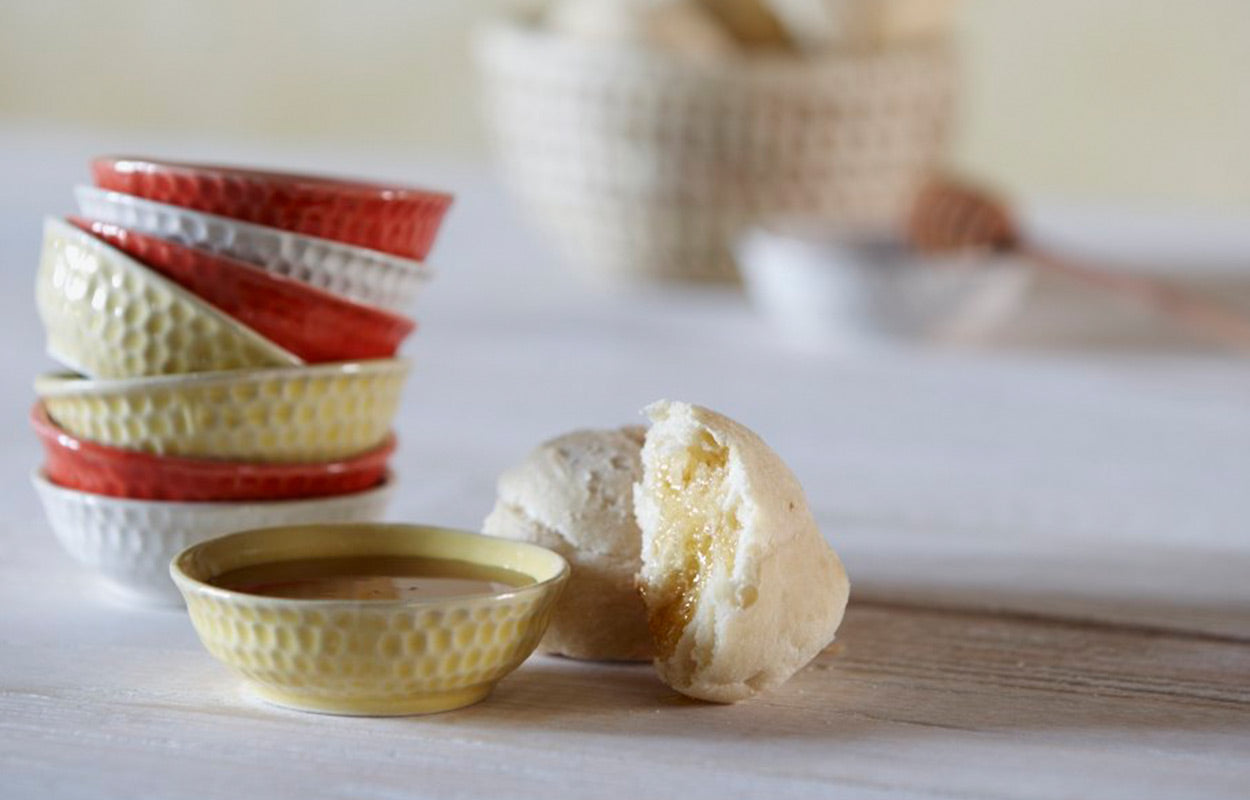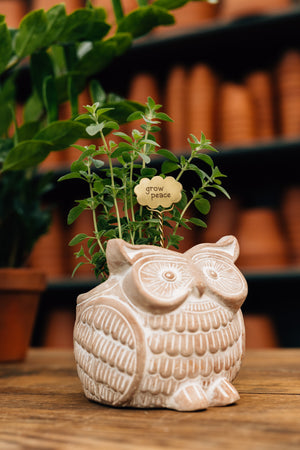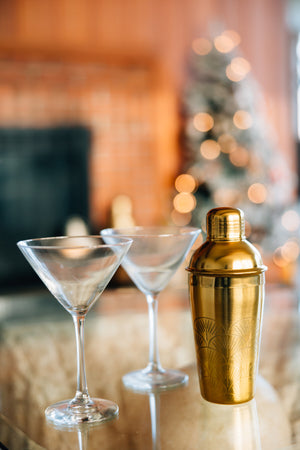
The Bounty of Bees
Help the Honey Bees
 It’s no secret that honeybees are under threat of diseases and parasites brought on by pesticides and pollution. Bees are often mistreated by beekeepers whose main focus is the lucrative industry of orchard pollination, rather than focusing on producing the best-quality honey. This disruption of the bee’s delicate order has had devastating effects on the species.
It’s no secret that honeybees are under threat of diseases and parasites brought on by pesticides and pollution. Bees are often mistreated by beekeepers whose main focus is the lucrative industry of orchard pollination, rather than focusing on producing the best-quality honey. This disruption of the bee’s delicate order has had devastating effects on the species.
Now more than ever keeping your own hive is a great way to ensure that your honey is ethically sourced.
Our Resident Beekeeper
Here at the Ten Thousand Villages main office in Akron, PA, we are fortunate enough to have a resident beekeeper who was willing to speak with us a little bit about what he does. Steve Zook, a member of the information technology team, has been tending bees for two years. He first learned about beekeeping from a friend who had worked in Paraguay with the Peace Corps. This friend taught him the “top-bar hive” technique.
Originally developed in Kenya as a low-tech method of keeping bees, a top-bar hive can be constructed using any sort of hollow space (even an old log) to which several bars are fastened across the top. The bees can fasten their comb to these bars, forming a triangular-shaped hive inside the confines of the hollow space. Steve has since shifted to the Langstroth style hive (which is a more professional style of keeping bees) but for a beginner, the top bar is a good option.
Of course establishing a healthy hive takes some time, but it’s a great way to observe and admire nature. Plus, all the hard work pays off when it’s time to harvest honey (which we will get to a little bit later).
What about stings?
 When it comes to tending the bees, it’s important to be calm and gentle with them. The way in which the hive is handled is a major factor in how many stings a keeper will receive. Steve hardly has to use smoke to calm his bees because his philosophy is to simply treat them with respect. If they don’t feel threatened, they won’t attack.
When it comes to tending the bees, it’s important to be calm and gentle with them. The way in which the hive is handled is a major factor in how many stings a keeper will receive. Steve hardly has to use smoke to calm his bees because his philosophy is to simply treat them with respect. If they don’t feel threatened, they won’t attack.
Obviously, nature is an unpredictable force, so precautions must be taken, regardless of your attitude. Proper equipment and protective clothing is always recommended. With the combination of protective gear and a calm presence, you shouldn’t suffer too many stings.
One of the most interesting and rewarding things about harvesting your own honey is that the results will vary tremendously between seasons
For all the ins and outs of keeping bees, Steve refers to the Practical Beekeeper website—a guide to natural beekeeping.
It’s Honey Time
Honey harvesting should occur only as often as necessary. When the hives are beginning to outgrow their box, it’s time to harvest—keeping in mind to leave enough resources for them to survive the winter.
 One of the most interesting and rewarding parts of harvesting your own honey is that the results will vary tremendously between seasons. Tasting them in one session will give you a great sense of just how much the seasonal blossoms affect the flavor of the honey.
One of the most interesting and rewarding parts of harvesting your own honey is that the results will vary tremendously between seasons. Tasting them in one session will give you a great sense of just how much the seasonal blossoms affect the flavor of the honey.
Hosting a party is a great way to show off your hard work and share the bounty with friends.
Here’s how it’s done!
 Always make sure your honey jars are labeled by month and by hive (if you have more than one hive).
Always make sure your honey jars are labeled by month and by hive (if you have more than one hive).
Set out some small dishes and spoons.
- Dishes should be light in color to show the variation of color in your honey.
- Disposable tasting spoons are ideal so that your guests can taste the honey on its own.
Create small labels for each dish.
I t’s a good idea to place a tray beneath your dishes, as honey is a sticky substance. A tray makes cleanup easy when it comes to those inevitable drizzles.
t’s a good idea to place a tray beneath your dishes, as honey is a sticky substance. A tray makes cleanup easy when it comes to those inevitable drizzles.
A tasting wheel is a great tool to get the conversation started among your guests. When it’s tough to pin down what that flavor reminds you of, a tasting wheel can help define the taste.
Coffee can be used to cleanse the palate between tastings.
Cheeses and breads are great snacks to pair with honey. Your guests will enjoy finding their favorite combination of honey and cheese. You can even make it a competition to find which honey/cheese combination is the most popular!
Share the joy of honey with family and friends, coworkers and colleagues. Enjoy a honey-tasting party and celebrate the bounty of bees.












Leave a comment